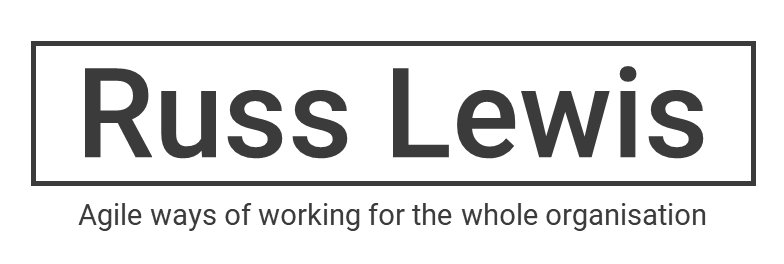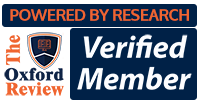One of my favourite books on organisational change is ‘Who Moved my Cheese?’ It’s short, and mice looking for cheese to eat is an appealing analogy.
It’s a model for managers because it covers four theoretical outcomes of change. Those outcomes are:
- what happens if I (or we) do, or don’t make this change,
- what won’t happen if we do, or don’t change.
Organised this way, a 2X2 matrix is revealed. One axis is the pros and cons of making the change, the other, the pros and cons of not making the change. I’ve seen other versions where one axis is personal and the other contextual. In that version, one end represents change, the other end is about avoiding or resisting change.
Organisational change as a 2X2 matrix
2X2 matrices are a comforting, logical view, that can help people reduce complex situations to smaller decisions that are easier to make. They can also help people reduce complex situations to simplistic decisions that are easier to justify. You probably had to read that twice, but 2X2 matrices reduce complex situations to something manageable. That’s both useful and dangerous.
Of course, they can be full of assumptions and predictions, which is dangerous if they become truer the more often we read them. But more worrying is the sense of authority that comes with the 2X2 grid layout. It seems to suggest completeness, that all ways of examining this topic have been investigated and the result is these four quadrants. Then, when you look at the quadrants, one is obviously superior and one horrible, leaving two that are okay-ish. You probably feel that you, or your company, are in one of these okay-ish quadrants. If the 2X2 comes from a vendor, then their solution will take you immediately into that superior quadrant.
In the cheese change book, the characters are collaborative and supportive. Their adventures take them into situations that explore these same quadrants. We read each situation as a chapter in an emerging story, set in a social context. Instead of four projections of the future along two axes with pre-determined conclusions, we are provided a rich metaphor and allowed to make sense of it for ourselves. We see the results of certain behaviours and attitudes and can draw from the characters’ learnings. Organisations are complex and change is always present or imminent. As managers, and employees, we need tools that help us navigate change and cope with its human factors. Models are an important part of sense-making and metaphors are powerful models.







